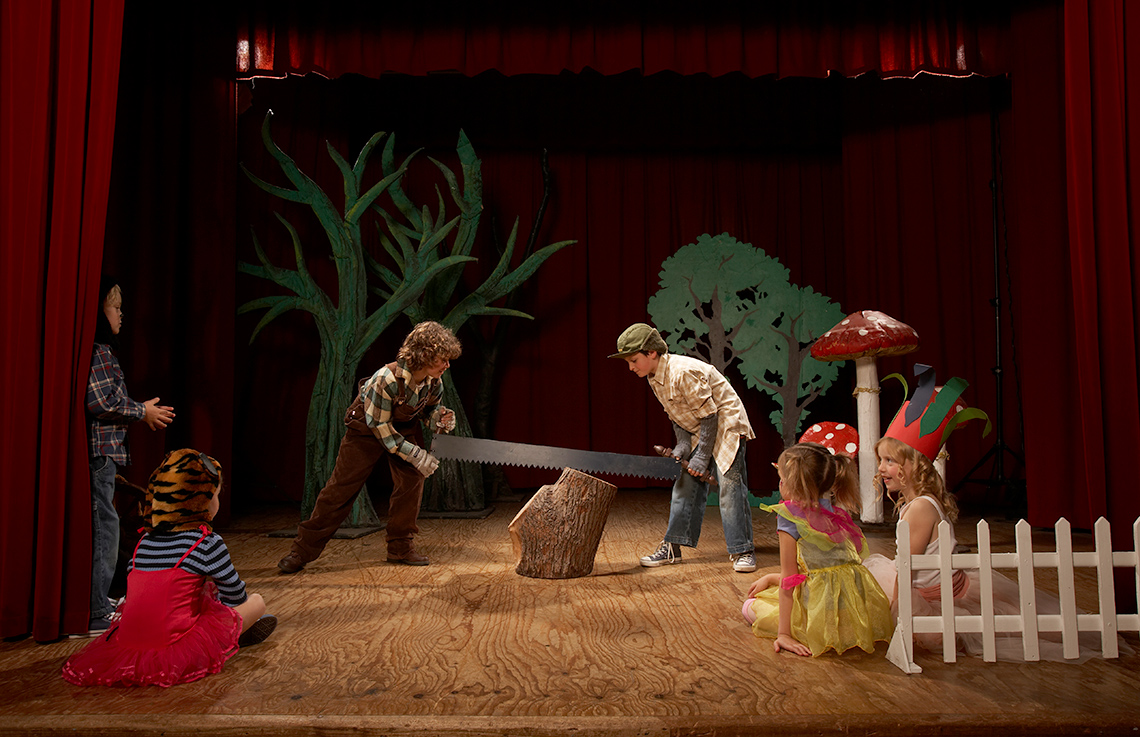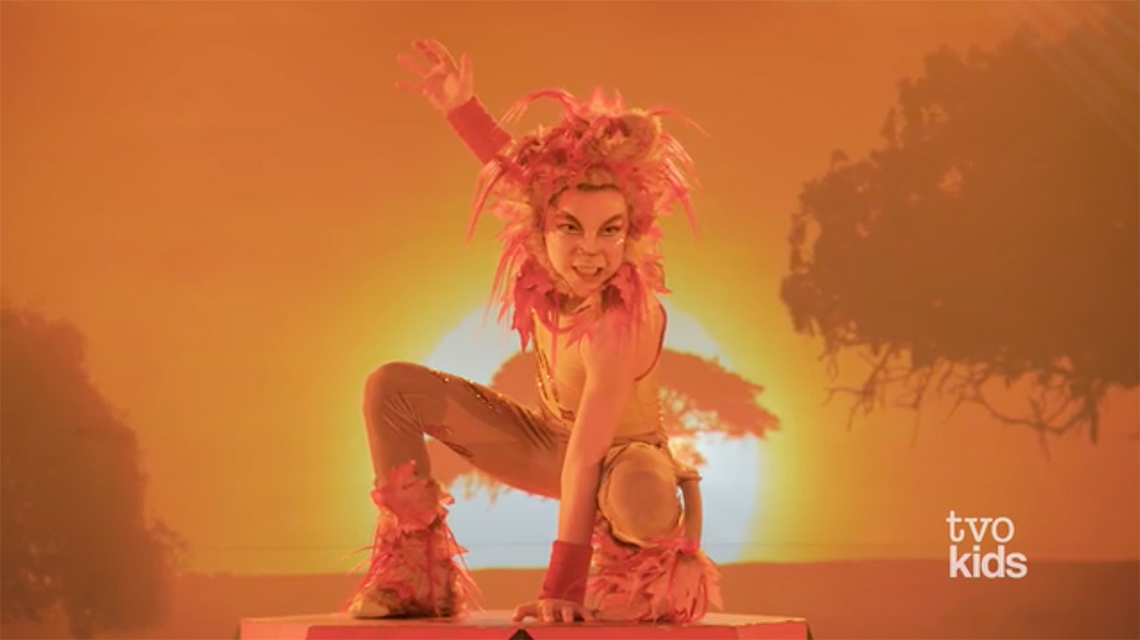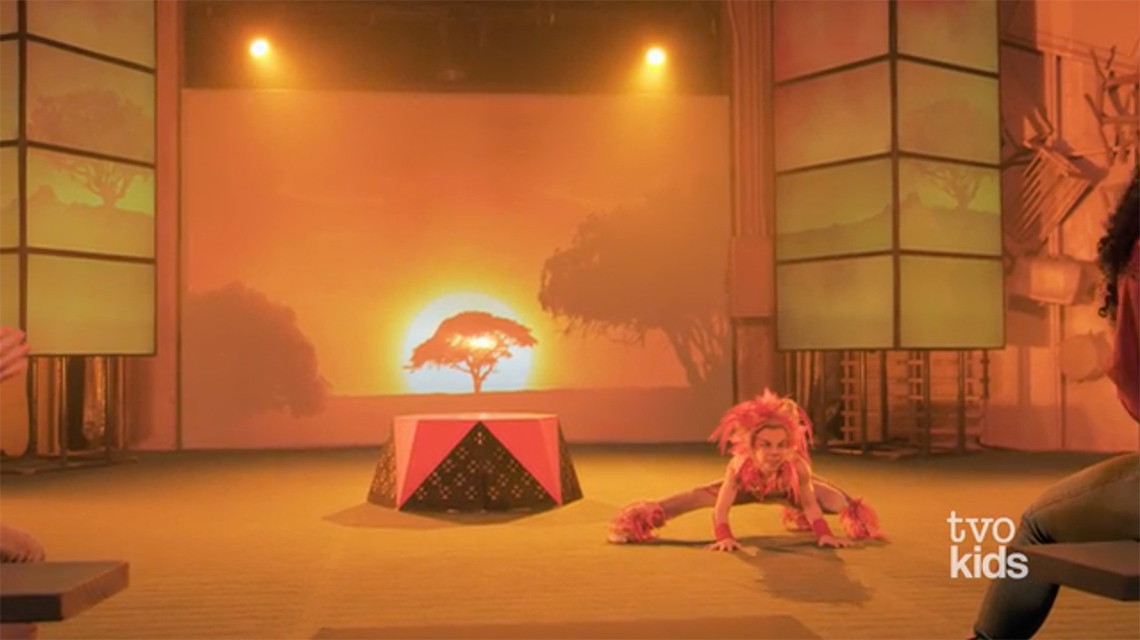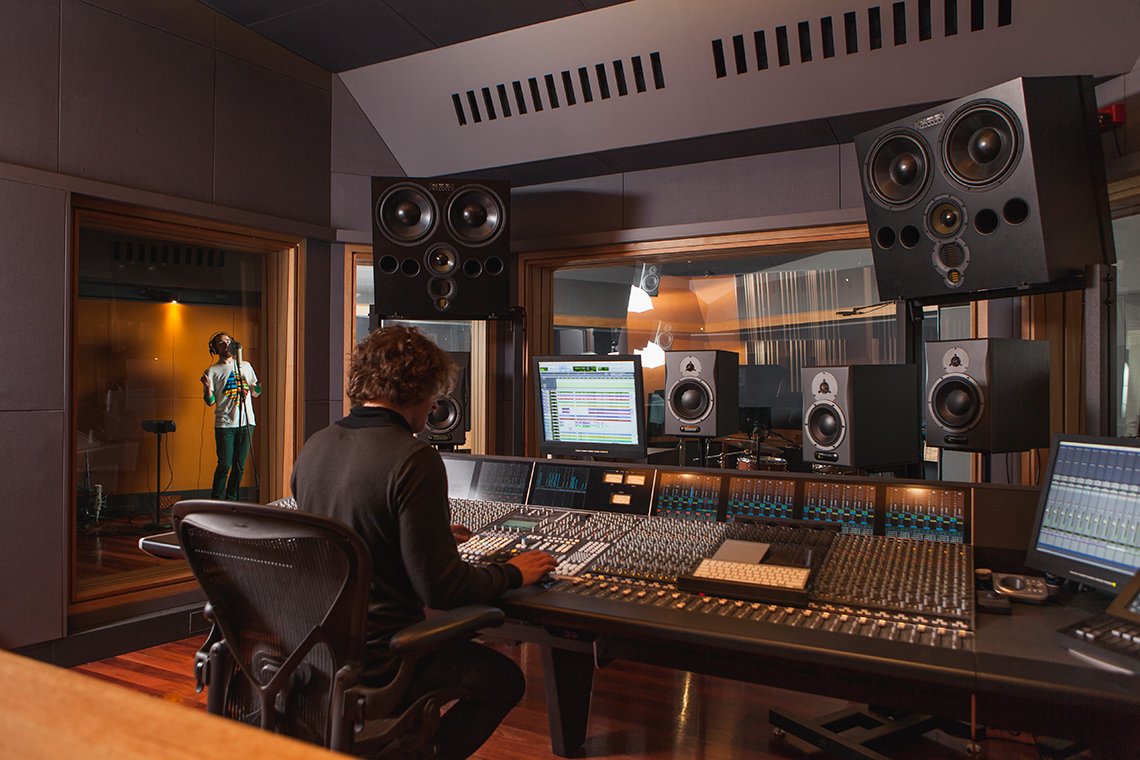Minds On
Warm up
Before you begin, don't forget to do your safety check!
Warm Up
Breathing exercise
We are going to begin with a breathing activity.

Find a comfortable position. Focus your attention on one part of the body at a time.
How does that part of your body feel? If possible, take a deep breath and allow your lungs to expand.
Focus your attention on one part of your body. Allow that part to relax before moving on to the next. As you scan through your body, keep breathing deeply. Once you have completed the scan, take a moment to stretch.
If you wish, you can access this recording entitled “Deep Breathing” to complete your breathing activity.
Deep Breathing
Drama game
Word association
Explore the following audio clip. You will be given three words. Then try to think of a story using those three words. Respond with the first thing you think of!
Word Association #1
Press ‘Hint’ to access an example of the activity.
Example: apple, school, playground.
When I got to school, I discovered that the entire playground was filled with green and red apples.

If you would like to create another story, you can do so using the new words. They can be explored in the following audio clip.
Word Association #2
Let’s get started
Explore the following Big Top Academy video below.
Is the audience engaged in the performance? How do you know?
What are different ways to create tension in a drama performance, play, or production?
Record your ideas using a method of your choice.
Action
Get ready, get set…
Tension
What is tension in drama?
Tension is a feeling of suspense or excitement that builds in a drama performance or production. When we create tension in drama, it is a way to engage the audience.

Actors or performers engage the audience using different tools and techniques. This includes using facial expressions, gestures, and vocal cues. If there are multiple actors or performers in a scene, they might engage the audience through interesting dialogue and body language to create convincing relationships onstage. A director will often work with the actors and/or performers to develop their characters and relationships.
Explore this video entitled “Body, Face, and Voice” to learn more about how facial expressions can engage audiences.
Stage effects
There are other important tools that are used in a drama production or performance to engage the audience. These are stage effects. Stage effects are created by scenic designers, lighting designers, sound designers, costume designers and wardrobe supervisors, and makeup artists. Together they create the backdrop, lighting, and sound. They also help actors get into role using props and costumes.

Depending on the director’s creative vision for the production, these members of the crew work together to create the overall atmosphere in a production and help change the mood from scene to scene. These stage effects help to build suspense or engage the audience. This is how tension can be created in a performance.
In activity below, match a description of a drama production job to the job title that fits the description. You will choose from sound, lighting, and scenic designer, as well as makeup artist. Select the correct answer, then press “Check Answer” to see how you did.
Big Top Academy
Let’s explore the Big Top Academy video from the Minds On section.
As you do, examine the following parts of the performance:
- set design
- performer’s costume
- performer’s makeup
- music and/or sound effects
- lighting
Pause and Reflect
Pause and reflect
When you have finished, describe how each stage effect contributes to the performance.
How might these stage effects create tension and engage the audience?
Next, consider how the performer used their movement, facial expressions, and/or voice to engage the audience. Describe which tools the performer used.
Record your ideas using a method of your choice.
Press ‘Hint’ to access possible answers and check your work.

The performer’s costume and exaggerated makeup helped to create his lion character.

The set included a platform for the performer to use. It also had a projection of trees and the image of a sunrise or sunset. The set appeared orange and there were no other plants, which might indicate a hot desert setting.
The music included drumming and was fast-paced and exciting. It created a high level of energy, and the performer moved to the beat of the music. As the performer danced and did acrobatics, the audience applauded. I think the music really contributed to creating tension in the performance.
The lighting created a glow onstage, which resembled a sunrise or sunset and helped contribute to the setting.
The performer used facial expressions and gestures to express his character’s personality. He also used acrobatics and dance to convey the movements of his character. The audience applauded and cheered when he completed complicated moves.
Go!

Imagine you are a theatre reviewer who has come to experience the following Big Top Academy performance. Explore the performance and examine if it includes any or all of the following stage effects:
- set design
- performer’s costume
- performer’s makeup
- music and/or sound effects
- lighting
Describe how each stage effect contributes to the performance. Consider how the performer used their movement, facial expressions, and/or voice to engage you. Describe which tools the performer used.
Do you find the performance engaging? Why or why not?
Complete the Theater Review Chart in your notebook or using the following fillable and printable document. If you would like, you can use speech-to-text or audio recording tools to record your thoughts. Consider adding your work to your drama portfolio.
| List of Stage Effects | |
| Describe how each stage effect contributed to the performance. | |
| Did you find the performance engaging? Why or why not? | |
| Did the performer use movement, facial expressions, and/or voice? Describe. |
Press the ‘Activity’ button to access Theater Review Chart.
Consolidation
Putting it all together

Using the notes that you created in the Action section, imagine that you are asked to work on improving the Circus School Award performances from Big Top Academy for the next season. The same performer will deliver their clowning performance again.
Which stage effect would you work on? Create a plan. You may include write notes, add visuals, and/or create a detailed audio description.
You can choose from:
- set design
- performer’s costume
- performer’s makeup
- music and/or sound effects
- lighting
Complete the Big Top Planning Document in your notebook or using the following fillable and printable document. If you would like, you can use speech-to-text or audio recording tools to record your thoughts. Consider adding your work to your drama portfolio.
| Planning Document |
|---|
| Stage Effect |
| Design (if applicable) |
| Notes for performer: |
| Do you have any specific notes that you would provide the performer to improve their performance and further engage the audience? |
| Notes: |
Press the ‘Activity’ button to access Big Top Planning Document.
Portfolio
Reflection
Consider adding your answers to the reflection questions to your portfolio.
- What are your main learnings about how to create tension in a drama performance or production? Why is tension an important element of drama?
- How might you use different techniques to create tension in your own future drama work?
Record your response using a method of your choice.
Reflection
As you read through these descriptions, which sentence best describes how you are feeling about your understanding of this learning activity? Press the button that is beside this sentence.
I feel…
Now, record your ideas using a voice recorder, speech-to-text, or writing tool.